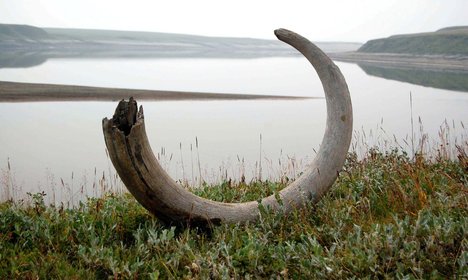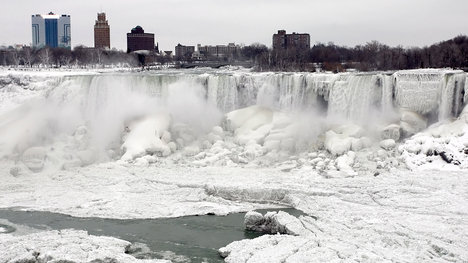(p. A17) I have devoted most of my life to understanding the principles that enable people to improve their lives. It is those principles–the principles of a free society–that have shaped my life, my family, our company and America itself.
Unfortunately, the fundamental concepts of dignity, respect, equality before the law and personal freedom are under attack by the nation’s own government. That’s why, if we want to restore a free society and create greater well-being and opportunity for all Americans, we have no choice but to fight for those principles.
. . .
Far from trying to rig the system, I have spent decades opposing cronyism and all political favors, including mandates, subsidies and protective tariffs–even when we benefit from them. I believe that cronyism is nothing more than welfare for the rich and powerful, and should be abolished.
Koch Industries was the only major producer in the ethanol industry to argue for the demise of the ethanol tax credit in 2011. That government handout (which cost taxpayers billions) needlessly drove up food and fuel prices as well as other costs for consumers–many of whom were poor or otherwise disadvantaged. Now the mandate needs to go, so that consumers and the marketplace are the ones who decide the future of ethanol.
For the full commentary, see:
CHARLES G. KOCH. “OPINION; I’m Fighting to Restore a Free Society; Instead of welcoming free debate, collectivists engage in character assassination.” The Wall Street Journal (Thurs., April 3, 2014): A17.
(Note: ellipsis added.)
(Note: the online version of the commentary was updated April 2, 2014, and has the title “OPINION; Charles Koch: I’m Fighting to Restore a Free Society; Instead of welcoming free debate, collectivists engage in character assassination.” )
Koch’s philosophy of the free market is more fully elaborated in:
Koch, Charles G. The Science of Success: How Market-Based Management Built the World’s Largest Private Company. Hoboken, NJ: Wiley & Sons, Inc., 2007.




